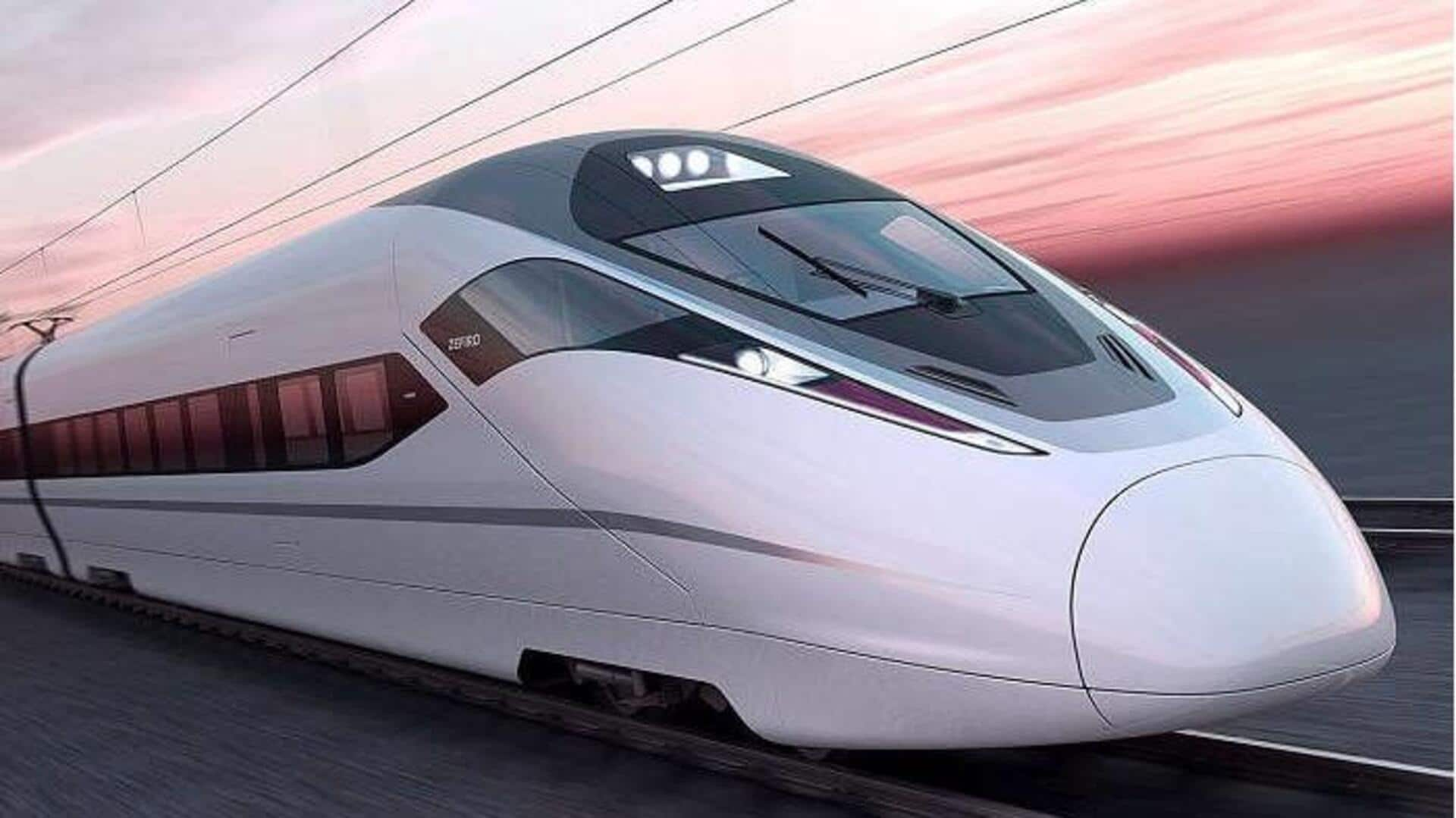
You can travel via bullet train in Gujarat by 2028
What's the story
India's ambitious bullet train project is finally taking shape, with the first run scheduled to take place in Gujarat by 2028. According to a document accessed by CNN-News18, the high-speed train service will run between Sabarmati and Vapi. The entire 508km stretch from Ahmedabad to Mumbai will be operational by 2030.
Survey details
NHSRCL to conduct ridership survey for bullet train
The National High Speed Rail Corporation Limited (NHSRCL) will conduct a ridership survey for the bullet train. The survey will determine fare and traffic projections for the high-speed rail service. The document accessed by News18 states that the ridership assessment has been sought for 2028 for the Sabarmati-Vapi section in Gujarat, and base year 2030, "the first year of operation" for the entire Ahmedabad-Mumbai stretch.
Corridor details
High-speed rail corridor will cover 508km
The under-construction Mumbai-Ahmedabad High Speed Rail corridor will pass through several locations in Maharashtra and Gujarat. In Maharashtra, it will pass through Mumbai-Bandra Kurla Complex (BKC), Thane, Virar, and Boisar. The train route in Gujarat is about 348km long, while the stretch in Maharashtra is about 156km long. The project will make India one of the world's select countries with a high-speed railway system.
Project progress
Bullet train project nearly 76% complete
This week, Railways Minister Ashwini Vaishnaw announced that the 300km viaduct on the Mumbai-Ahmedabad High Speed Rail section has been completed. At Bandra Kurla Complex, which will host the Mumbai bullet train station, the only underground station on this corridor, about 76% of excavation work has been completed. Nearly 383km of pier work, 401km of foundation, and 326km of girder casting have also been completed, the government said.
Project impact
Project will enhance infrastructure and spur economic growth
Officials believe the high-speed rail project will reduce travel time drastically, lower vehicle operation costs, reduce pollution levels, create jobs, and improve safety. The project is also expected to improve infrastructure and drive economic growth. The NHSRCL's ridership survey will study existing traffic patterns in the study area and estimate travel demand along this under-construction corridor. It will also study optimal fare where overall revenue is maximized, as well as projected annual revenue, among others.